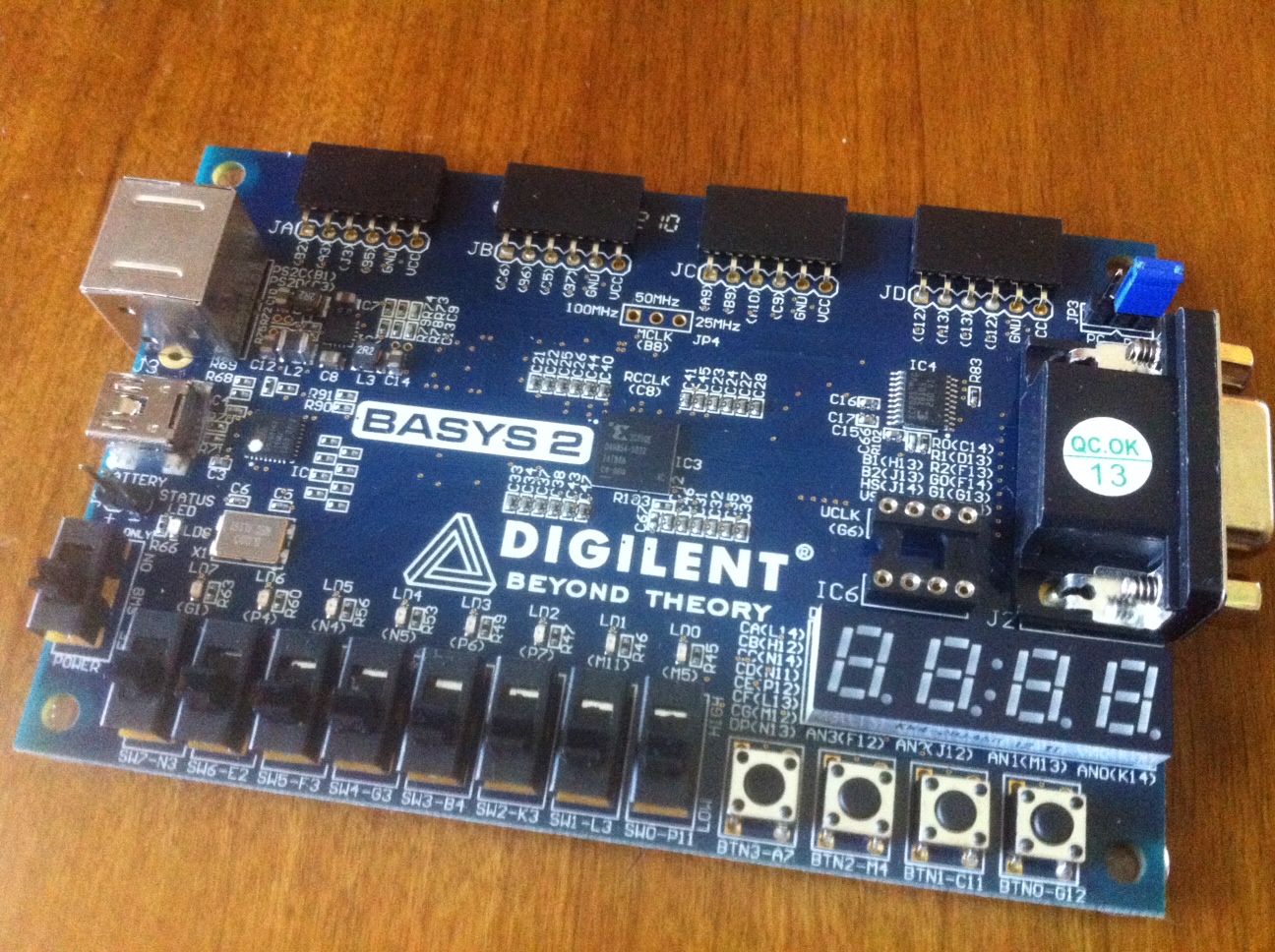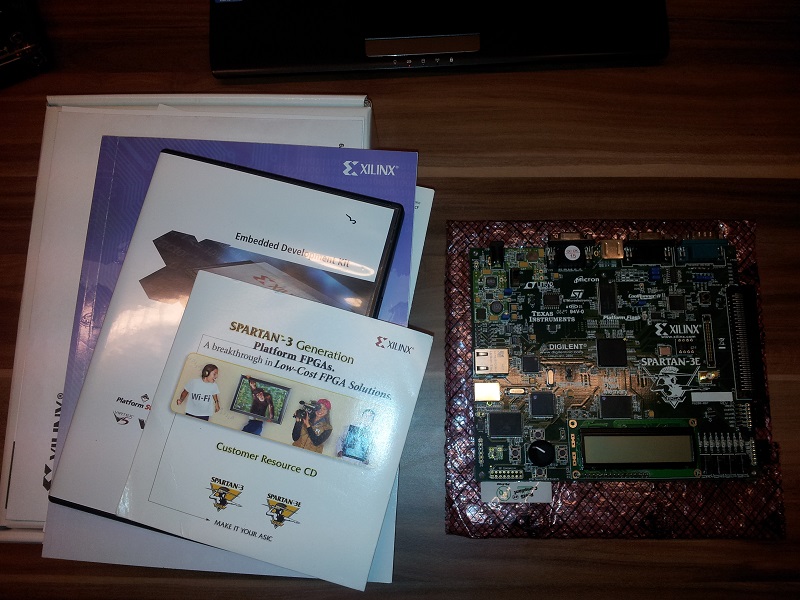

The tools are available when used with Xilinx’s programmable logic development boards, called Embedded Development Boards.
FPGA SIMULATION FOR SPARTAN 3E SOFTWARE
Xilinx continues to expand its embedded FPGA portfolio with tools that allow software development in C/C++, including a free environment for development. Getting the most out of this powerful combination is possible by Xilinx with its new vision for embedded FPGAs. We bring these two devices together by a PLD (programmable logic device) controller unit. The Virtex-E FPGA has hardwired logic cores and memory blocks. It contains programmable logic and embedded memory. The Spartan-3 FPGA consists of an Accel-FPGA device. The Xilinx Spartan-3 FPGA is an integrated circuit that we can use for a variety of purposes. Xilinx utilizes a network (known as the Zynq system) to make programming faster and easier. The advantage of using regular ICs and electrical components is that they can build large and complex designs. We can make FPGAs with regular size integrated circuits (IC) and regular electrical components. Once the design is ready, we can end it with a manufacturing process such as an automated router or panel fabrication. These devices consist of programming blocks that we can configure to different configurations using a computerized design tool. Xilinx manufactures programmable logic devices (FPGA). The first FPGA product that Altera manufactured for Intel was the “IUS.” Likewise, Altera’s first programmable logic device was the EPM3000, which came out in 1994. They have done so through their partnership with Intel, which they entered in 1991.

It includes communications, aerospace/defense, medical devices, industrial control systems, and many more.Īltera has been designing and selling programmable logic devices for 22 years. In those 25 years, they have become the focal point for high-performance FPGA products used in all major industry sectors.

Xilinx has been designing and selling FPGAs for 25 years. Altera has been manufacturing programmable logic devices for 22 years. Xilinx has been manufacturing FPGAs for 25 years. Altera is the only semiconductor company to be part of the NASDAQ since its inception. Altera (NASDAQ: ALTR) is an owned Denver-based manufacturer of programmable logic devices for FPGAs. Xilinx (NASDAQ: XLNX) is an American publicly held semiconductor company founded in 1984. Xilinx & Altera are both FPGA manufacturers, but they are very different in architecture, FPGA families, and, most importantly, price. Unfortunately, most products still end up being custom-built because of product, process, or materials constraints. Being able to use these boards and the FPGA devices themselves will vastly increase the value of the product design. These boards help improve the industry’s ability to operate efficiently and securely behind closed doors, leading to safer, faster, more reliable products. The last couple of years have seen Xilinx releasing new FPGA products and various new boards for different markets led by Chinese firm RayMing PCB and Assembly. They help companies design their next-generation products with high-speed processing power and low power consumption. Since then, they have continued innovating and developing new technologies. Xilinx has been an industry leader in FPGAs since their inception with their first FPGA, the XL-3. Xilinx is one of the largest FPGA manufacturers in the world, with more than 400 employees worldwide. Such is especially true in the FPGA market. It changes in response to innovations and technological advances in development. With such rapid growth in just a few years, it’s not hard to see how quickly the electronic manufacturing market evolves. The industry has grown at a rate of 25% annually for the last decade and shows no signs of stopping. The international electronic manufacturing industry is an enormous industry worth over $200 billion.


 0 kommentar(er)
0 kommentar(er)
